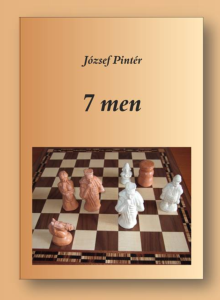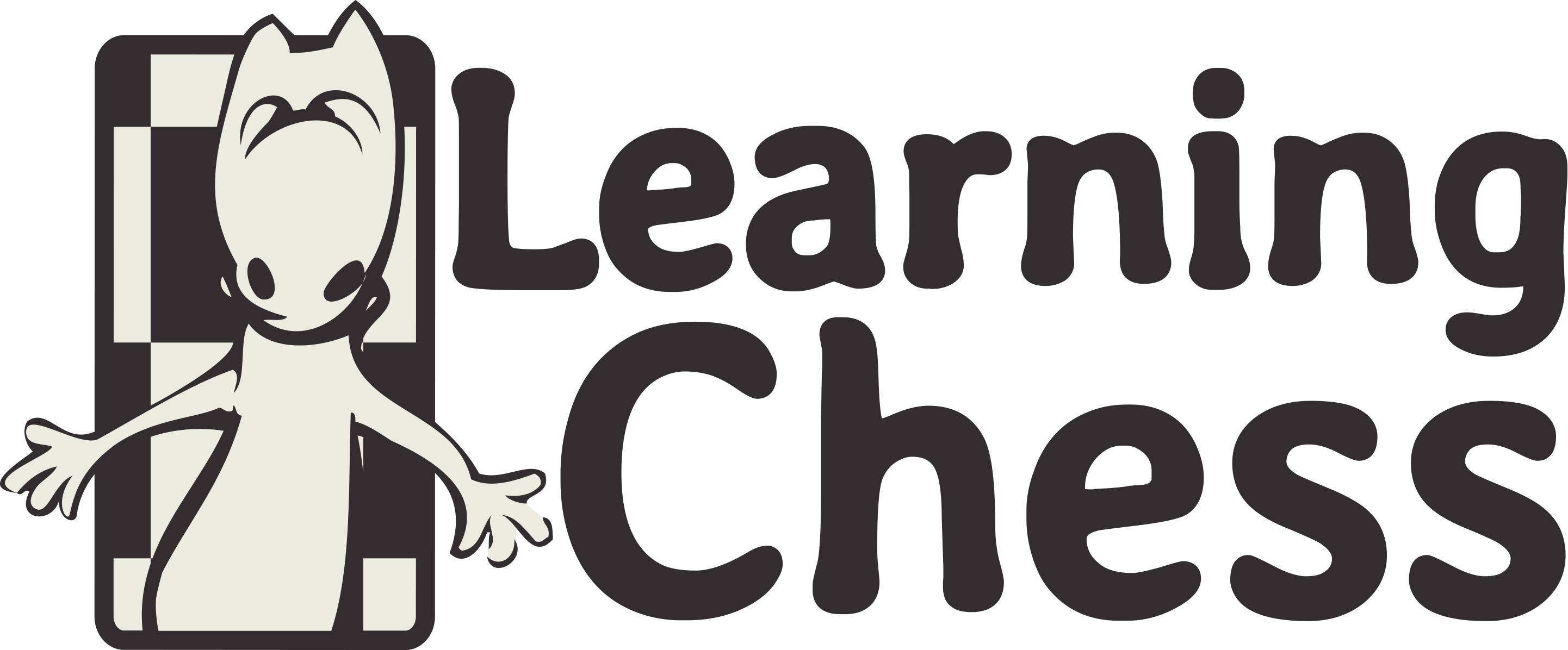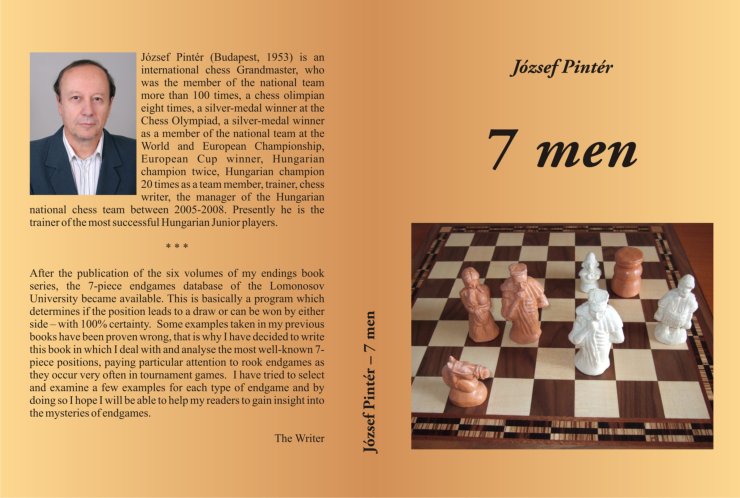 After the publication of the six volumes of my endings book series, the 7-piece endgames database of the Lomonosov University became available. This is basically a program which determines if the position leads to a draw or can be won by either side – with 100% certainty. Some examples taken in my previous books have been proven wrong, that is why I have decided to write this book in which I deal with and analyze the most well-known 7- piece positions, paying particular attention to rook endgames as they occur very often in tournament games. I have tried to select and examine a few examples for each type of endgame and by doing so I hope I will be able to help my readers to gain insight into the mysteries of endgames.
After the publication of the six volumes of my endings book series, the 7-piece endgames database of the Lomonosov University became available. This is basically a program which determines if the position leads to a draw or can be won by either side – with 100% certainty. Some examples taken in my previous books have been proven wrong, that is why I have decided to write this book in which I deal with and analyze the most well-known 7- piece positions, paying particular attention to rook endgames as they occur very often in tournament games. I have tried to select and examine a few examples for each type of endgame and by doing so I hope I will be able to help my readers to gain insight into the mysteries of endgames.
GM Jozsef Pinter, Author and Head coach at LearningChess
PREFACE
Not only Hungarian, but also European junior chess players have been studying endings, calculation of variations, and finding the strong moves from GM József Pintér’s books and articles.

Computers have changed the way chess is played. Earlier, applying strategic positional principles was crucial, but now calculating exact variations is. There is no use explaining thoroughly and properly why White is better when an unexpected, seemingly unnatural move wins immediately for Black. Where is the biggest need and opportunity for exact calculation and finding the seemingly unexpected move? In the endgame!
Needless to say there are numerous endgame books on the market. Some of them were unfortunately written by authors who were not strong enough. It would have been better if they were checked by a grandmaster.
GM József Pintér is an 8-time Olympic team member, multiple winner of individual and team championships and one of the most successful chess trainers. (As I am writing this Preface, his 16 year-old student, Benjamin Gledura has earned the GM title!) I had the privilege to work with him for years so I am positive that nobody is better at finding the best moves and teaching how to find them. His authorship guarantees top quality work.
Every example is a separate small world. Honestly, thinking through these endings and studies over is a great joy.
There is an ongoing debate amongst trainers. Some believe only actual games should be taught and that studies are an art that is rather harmful for practical players. Studies lead them to a fantasy world instead of rational solutions. Pintér disagrees and applies the opposite view. Studies are a crucial part of both of his training and this book. He is able to turn the ideas gained from studies into winning games and can prove with his most interesting endings that studies are indispensable for the aspiring player.
Who is this book useful for?
For young people learning to play chess, and obviously trainers who will find a broad selection of examples. Amateur players not taking part in championships will also enjoy it for months or even years to come.
Have a great time studying this book.
IM Szabolcsi, János
Are you interested in this book? Contact Us!

